Bears Without Barriers: Room to Roam from the Tongass to the Arctic
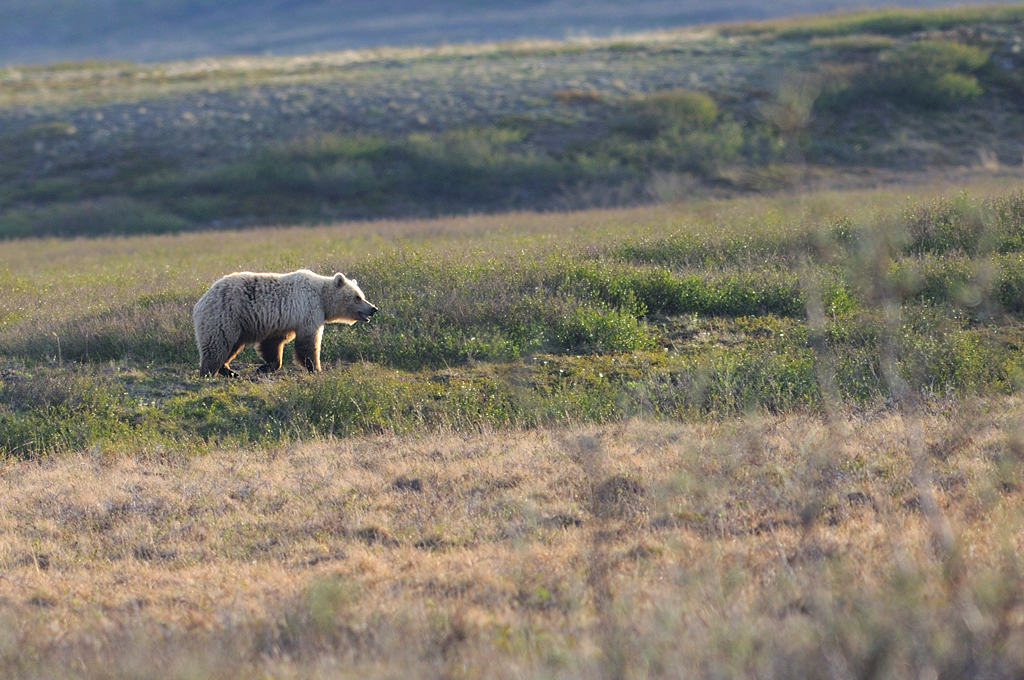
Alaska is home to both the largest population of brown bears in any North American state or province and the United States’ only polar bears. The state has some of the only landscapes left in the world that can provide brown bears and polar bears with the space they need to survive. Below, learn more about bears evading barriers in Alaska’s Tongass National Forest, interior Alaska (which includes parts of the National Petroleum Reserve-Alaska) and the Arctic.
Big Bears of the Tongass
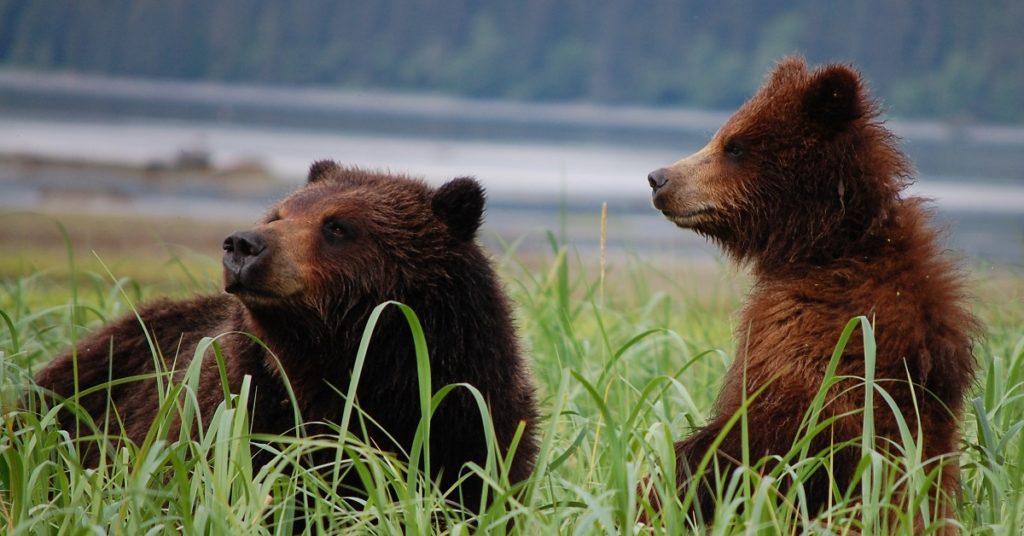
The Tongass National Forest has the highest density of black and brown bears in the world. Because so many bears congregate together to gorge themselves on the rich supply of salmon supported by old-growth trees in the region, bears here have various vocalization and body language to avoid fights and communicate dominance. Tongass bears hibernate for many months over the winter, and in the summer, they can gain as much as 40 pounds per week. With so much salmon available, they only eat the choicest parts and leave the rest for eagles and other creatures of the forest.
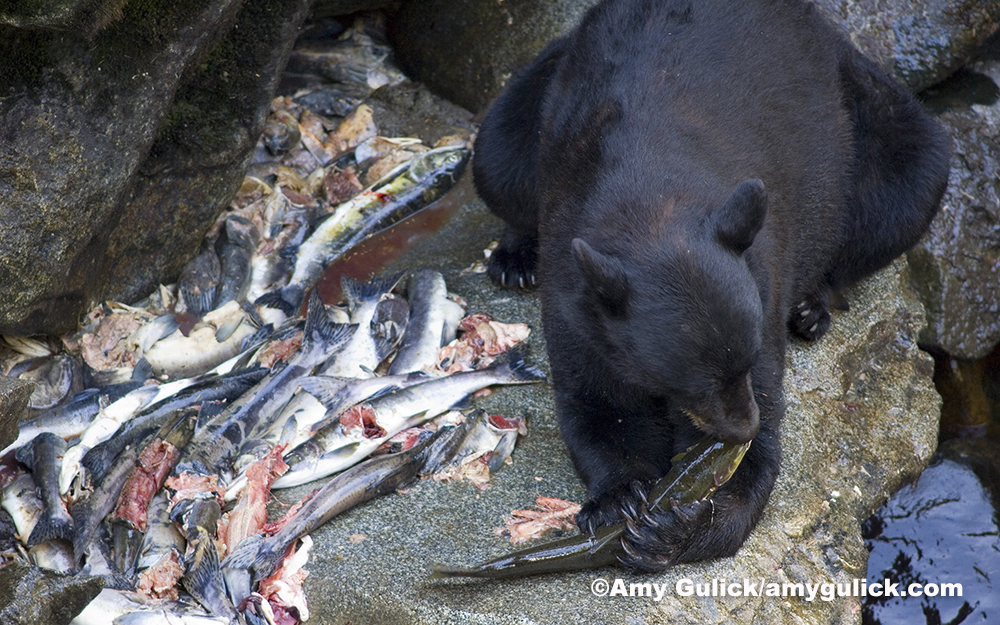
When roads and infrastructure enter traditional bear habitat, however, bear populations shrink. In the Tongass, clearcut logging and new roads harm old-growth forests and streams that safeguard salmon runs. This decreases salmon populations and ultimately pushes bears out of their preferred habitat to find other food sources. Further, logging and clearcuts can harm deer populations over time, which increases animosity towards predators like wolves and bears where communities see them as competition for this resource. Roads also amplify this problem for bears as they provide more human access to bear habitat, which can lead to greater hunting of bears. Also, new roads often lead to more development, which then further increase human-bear interactions and degradation of bear habitat at the expense of bear survival.
To combat this potential harm, the League is working hard to push the Biden administration to finish codifying the Roadless Rule for the Tongass, which will help protect old-growth trees and all the wildlife that thrives around them.
Brown Bears of Interior Alaska
Unlike Tongass bears with their abundance of salmon, the smaller brown bears of interior Alaska do not tolerate other bears nearby. With food scarcer on the tundra and in boreal forests, you’re likely to find only one bear for every 15 square miles of land. Short-lived salmon feasts provide critical sustenance, but they must roam far to find vegetation, berries, carrion and live prey. Because of this, anything that deters wildlife from migrating through bear habitat, such as development or roads that enable development, also hurts bear survival. Alaska Wilderness League is fighting the proposed Ambler mining road and ConocoPhillips’ Willow project, both of which are possible threats to interior Alaska bear populations, as the projects would introduce industrial roads that have the potential to redirect caribou migration routes and harm important fishing areas.


Polar Bears in the Arctic
Alaska is home to America’s only polar bears, where the size of a polar bear’s range depends on the availability of food and the extent of the sea ice. Historically, most polar bears from the Southern Beaufort Sea population along the Arctic Ocean have denned on the sea ice. But over the last three decades, as this ice has become thinner and prone to fragmentation, they have increasingly begun building dens on the coastal plain of the Arctic National Wildlife Refuge and returning to the sea to hunt once cubs are strong enough.
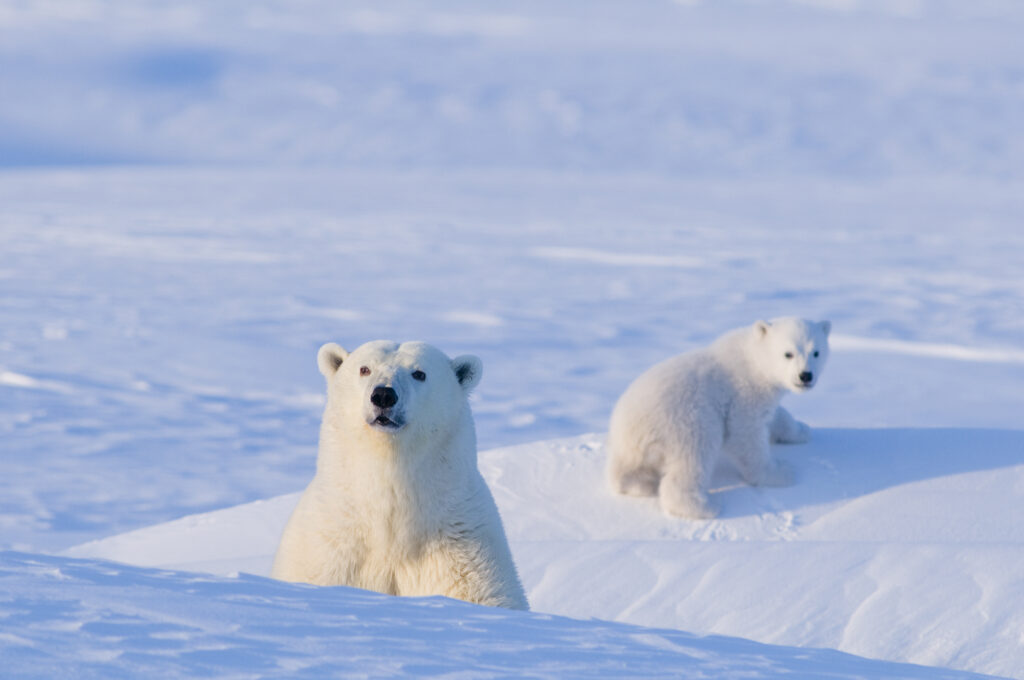
Polar bears are specialist predators adapted to living on sea ice and catching seals – a prey that provides more calories than any other land-dwelling option. Especially as seal populations shrink and move away from land, anything that forces a polar bear to burn extra calories – whether a road detour, a human disturbance or another bear – makes it harder for that polar bear and any nursing cubs to survive. In fact, polar bears frequently hunt by sitting still near seal breathing holes rather than by chasing or swimming to conserve energy. And, while polar bears can scavenge food in Arctic communities and industrial development sites, increased human-bear interactions can prove lethal to everyone, including the bears.
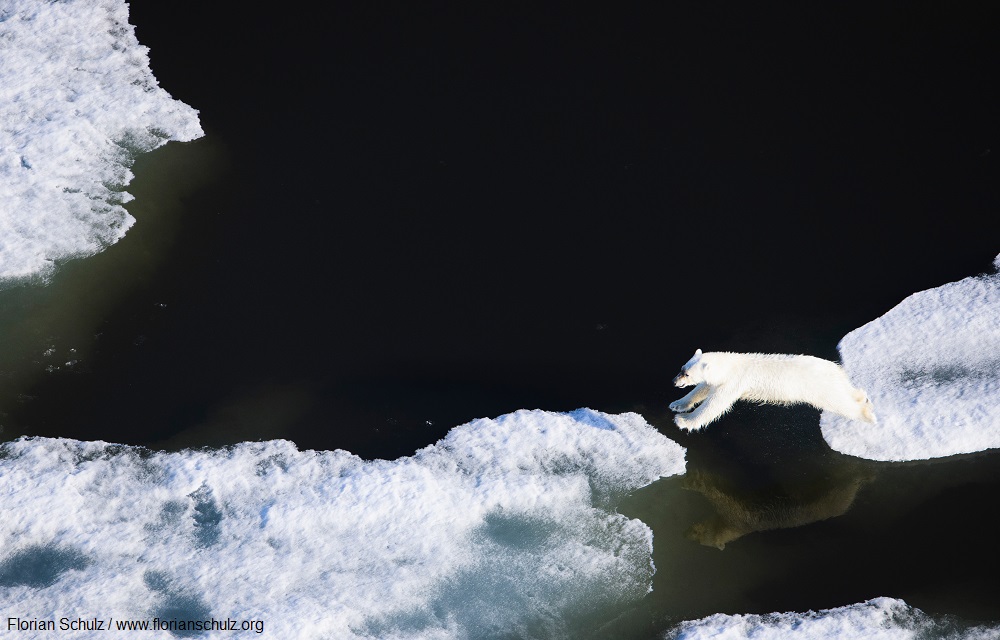
Overall, the combination of climate change and industrial development is devastating for polar bears and their habitat and might lead to extinction of some populations by 2050.
At Alaska Wilderness League, our team is particularly grateful to the many League members and advocates for their support and efforts to help secure wilderness areas and critical habitat in Alaska that will give all wildlife, including bears, room to roam.
